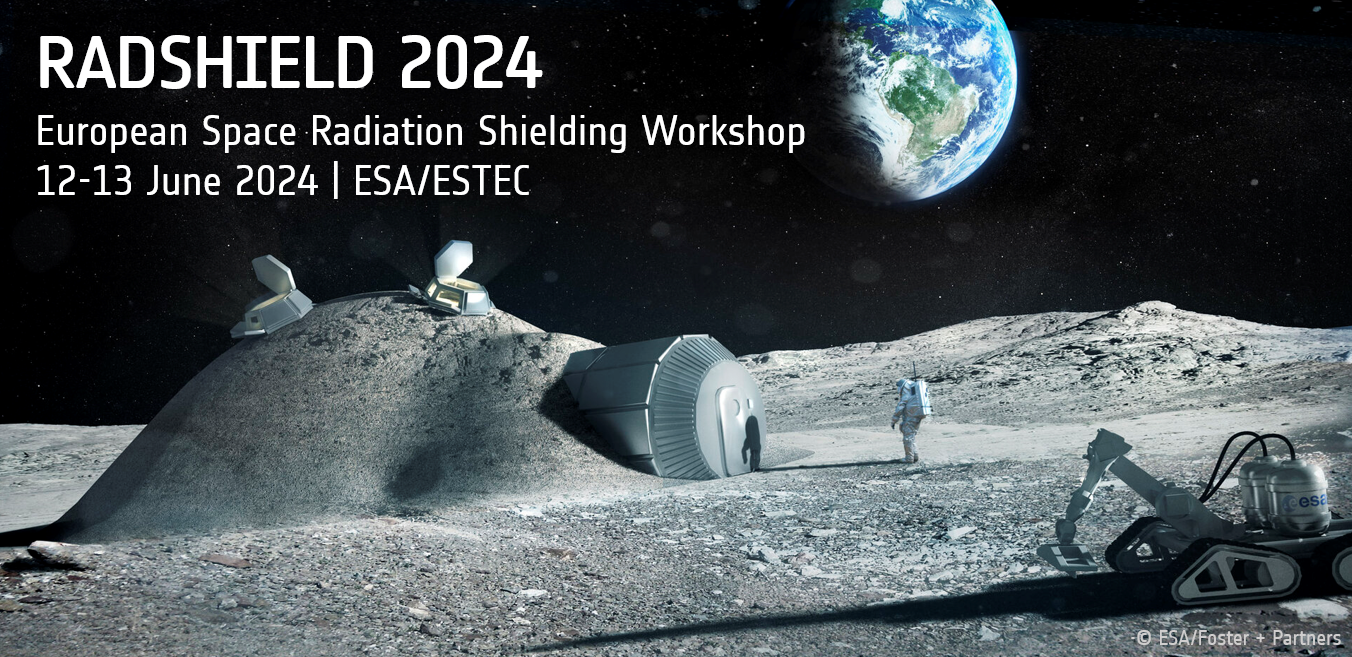Speaker
Description
Materials to be deployed in space applications have to undergo a variety of different test scenarios, simulating actual space conditions. Among these materials solar photovoltaic cells, optics, meta-materials and more will be directly exposed to space radiation and must be tested accordingly. From the design phase of such target materials to the final production, it is important to obtain information about their behavior and performance in defined irradiation scenarios and qualify them following the directions of relevant ECSS/ESA standards. An excellent method to cover part of these tests in a laboratory scale is the high-flux, high-fluence electron irradiation with the help of industrial electron beam generators.
The collaboration has developed different irradiation test setups and procedures, adapted to the existing electron beam generators at IPF in Dresden, Germany covering an energy range between 100 keV to 1.5 MeV. The test setups, aiming for high electron flux, uniform and large irradiation field sizes, and their capabilities for use in irradiation qualification tests for space applications are described in this paper.
Further, we will describe an experimental setup developed aiming to irradiate samples under UV radiation (200 nm-400 nm) for accelerated test for solar effects according the relevant ECSS/ESA standards. This facility has been already used for projects belonging to large space programs (Cosmic Vision, Artes) for simulations up to 3,500 e.s.h. (equivalent sun hours). In particular, we detail the calculation of the UV dose delivered by Sun, the calibration of the detectors, the spatial distribution of the UV radiation on samples, the remote control 24/24-7/7 of both samples’ temperature and lamp radiation, the sample’s heat dissipation and operation in a helium atmosphere.

